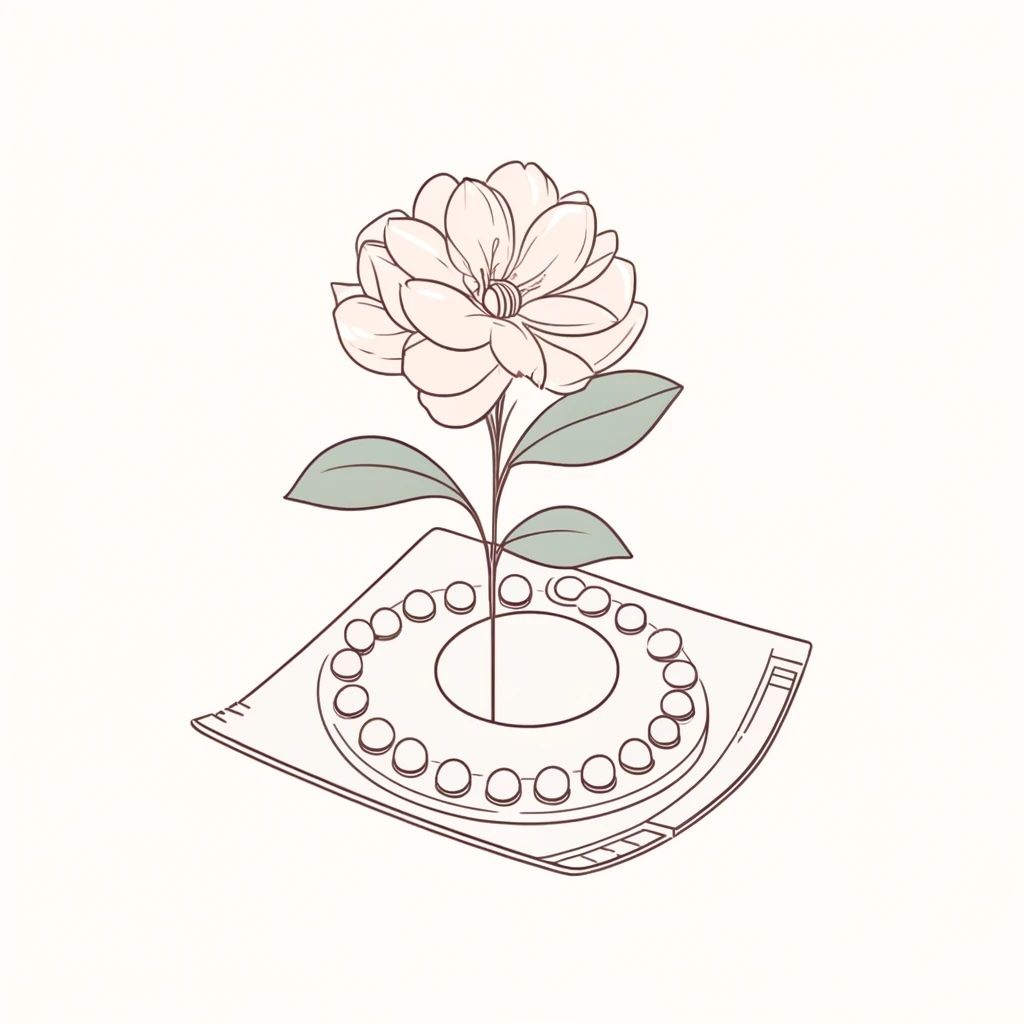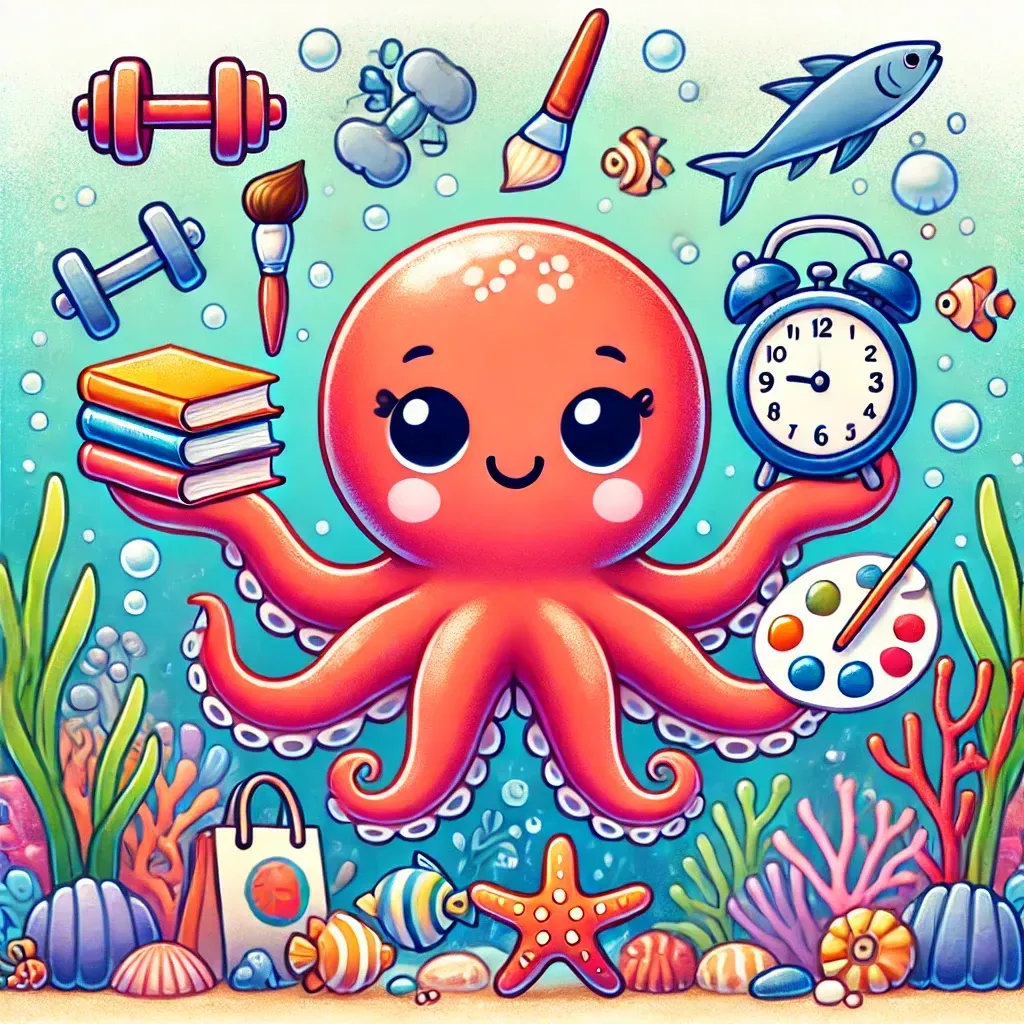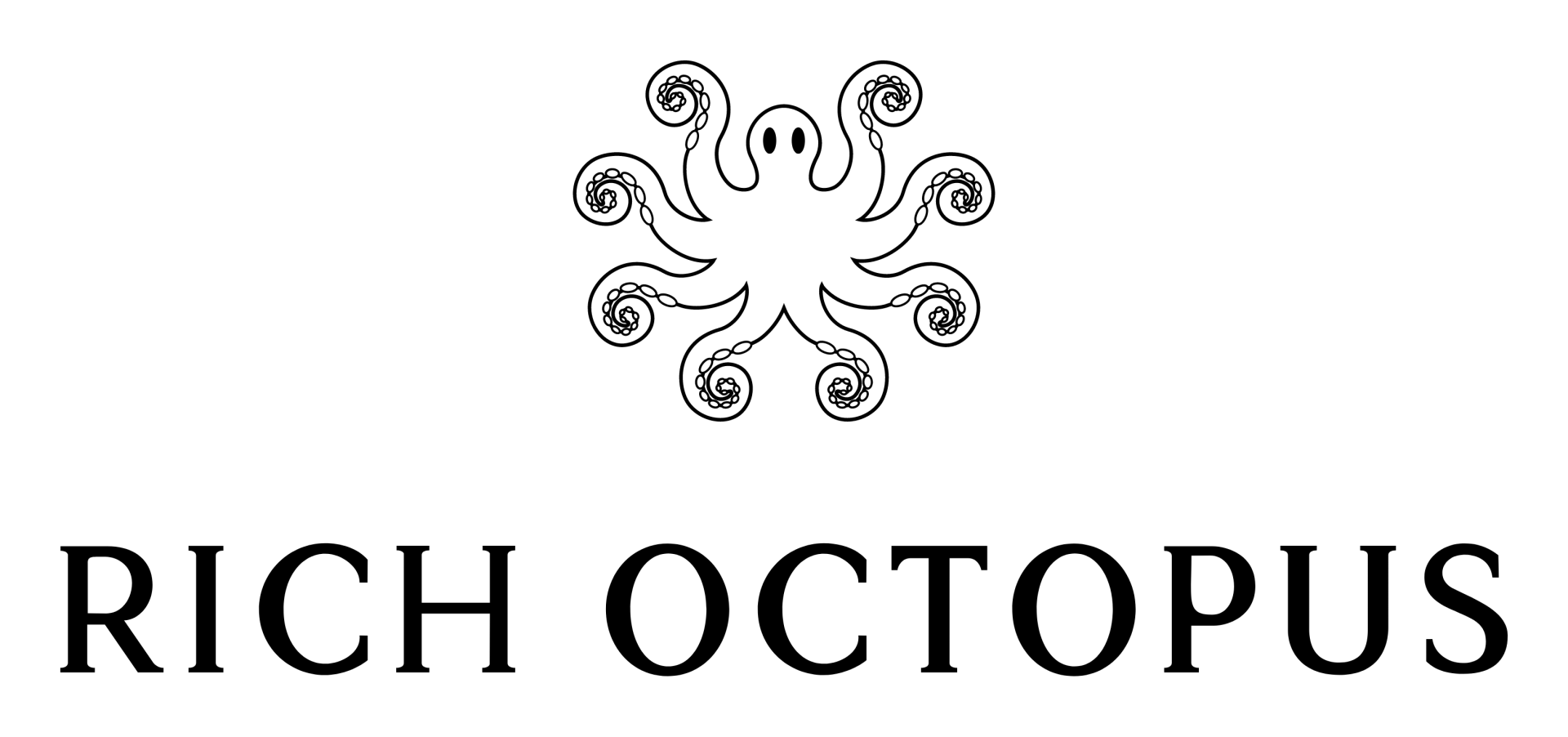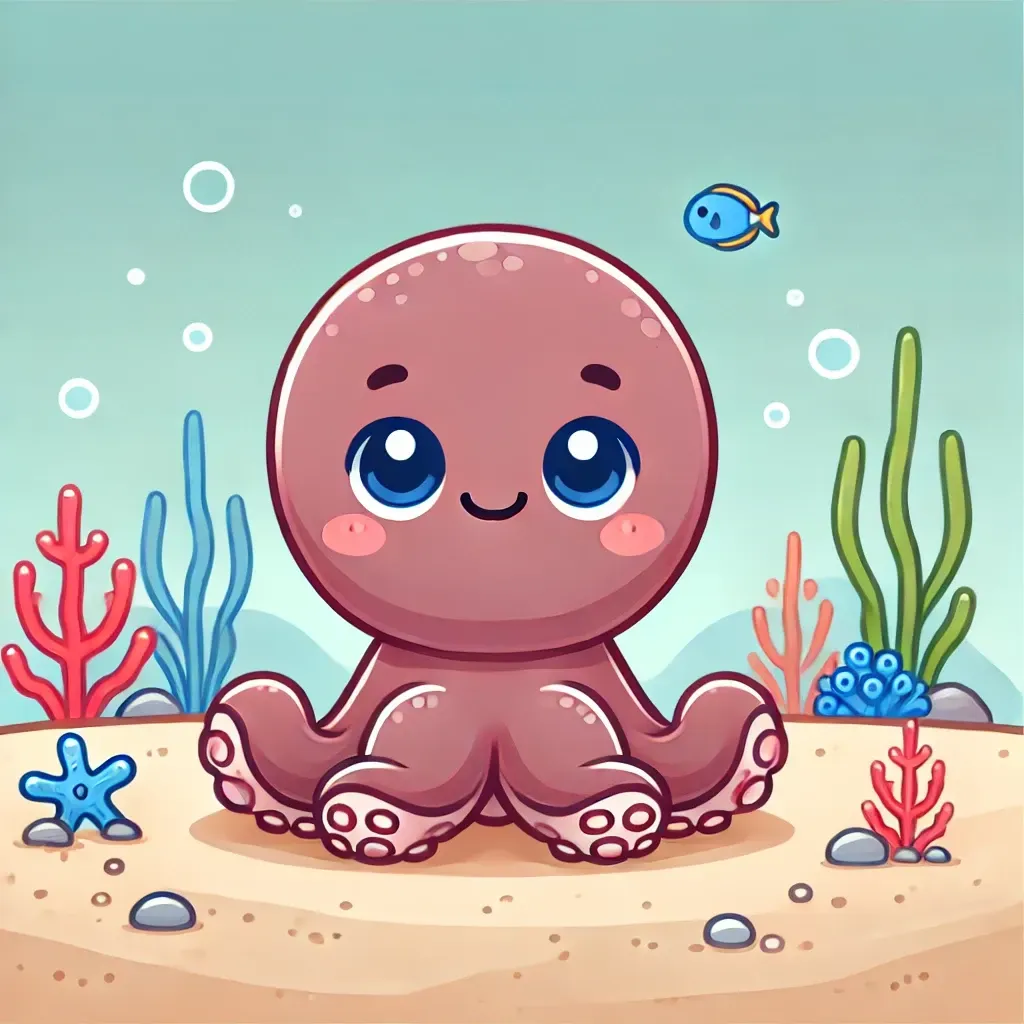ADHD and Productivity: Mastering the Art of Balanced Focus

- Hyperfocus as a Double-Edged Sword: The blog post delves into the nuances of ADHD, particularly highlighting hyperfocus as both a remarkable asset and a potential detriment. While it can lead to impressive levels of productivity and creativity, this intense concentration often results in the neglect of other tasks, relationships, and personal well-being, emphasizing the need for balance.
- Challenges and Opportunities within ADHD: Living with ADHD presents a spectrum of challenges, including difficulty in task-switching and time management, which can lead to overwhelm and exhaustion. However, the post also illuminates the inherent opportunities within these challenges, such as the potential for extraordinary energy, creativity, and resilience. It advocates for embracing the full spectrum of ADHD experiences, recognizing personal strengths, and finding equilibrium between work and rest.
- Strategies for Managing Transitions and Achieving Balance: Have structured flexibility, mindful pauses, physical movement, scheduled downtime, human connection, and gratitude practices. These strategies aim to foster a more graceful navigation of ADHD, promoting a life of intention, connection, and joy, thus transforming ADHD's challenges into opportunities for personal growth and fulfillment.
There's a certain intoxication in the ebb and flow of hyperfocus, a rhythm that dances between the peaks of productivity and the valleys of rest. For those of us navigating the waters of ADHD, these patterns are not just familiar; they're intrinsic to our day-to-day experiences. Hyperfocus, a common symptom of ADHD, can be both a superpower and a curse. It allows us to dive deep, achieving incredible feats of concentration and productivity. Yet, it often comes at a cost — the neglect of other tasks, relationships, and even our own well-being.
The ADHD Spectrum: Challenges and Opportunities
Living with ADHD means experiencing the world in extremes. Hyperfocus, one of the hallmark symptoms, allows us to dive deep, achieving remarkable levels of productivity and creativity. Yet, this intensity comes at a cost — the difficulty of switching tasks, the challenge of managing time, and the struggle with prioritization can lead to feelings of overwhelm and exhaustion.
But within these challenges lie opportunities. ADHD can also be a source of incredible energy, creativity, and resilience. It's about learning to harness these qualities, not just to navigate the demands of work but to enrich our personal lives. This journey is about more than managing symptoms; it's about embracing the full spectrum of our experiences, recognizing the strengths we possess, and finding balance in both our achievements and our moments of rest.
The Highs and Lows of Achievement
The feeling of achieving something significant is unparalleled, especially when one has navigated the complexities of ADHD to get there. It's a rush, a high that propels us forward, eager for the next hit. But, as with any high, the come-down is inevitable. And I’m speaking purely about the natural flow of our brain chemicals without the influence of medicines. I've struggled with this natural cycle — the relentless pursuit of productivity followed by a crash that leaves me disconnected from the world around me, from the people and the small moments that make life truly vibrant.
In these moments of transition, I've found an opportunity. An opportunity not just to pause, but to be truly present. To notice what lifts my energy and what drains it. It's a time to maintain discipline, to recognize the need for simple things like nourishing food, a walk outside, or a breath of fresh air. These aren't just breaks; they're lifelines that reconnect us to the world beyond our ambitions.
The Balance Between Flow and Fixation
Being in a state of flow is magical. It's when we're so immersed in what we're doing that everything else fades away. But there's a thin line between flow and fixation, between healthy focus and avoidance. Recognizing this line is crucial for those with ADHD. It's about finding balance — the ability to immerse ourselves in our work, then step away, allowing ourselves to be fully present in our personal lives, with our friends, family, or even our pets.
This transition isn't always easy. After a day of high achievement, letting go of that energy can feel like losing a part of myself. It's a struggle, leading to burnout and a crash that's hard on everyone around me. It's a pattern I'm learning to break, not just for my sake but for those I share my life with.
Strategies for Seamless Transitions
Achieving balance is possible, and it doesn't require medication or magic. It requires practice, mindfulness, diligence, and faith in ourselves. Here are some strategies that have helped me navigate these transitions more gracefully:
Structured Flexibility:
Create a flexible structure for your day that accommodates both focused work and necessary breaks. This approach helps manage the ADHD tendency towards hyperfocus and the subsequent difficulty in transitioning between tasks.
Mindful Pauses: Integrate short, mindful breaks throughout your day. Use these moments to check in with yourself, to breathe, and to be present. It's about quality, not quantity.
Physical Movement: Regularly change your physical state. Whether it's a walk, a stretch, or a workout, movement helps dissipate the energy built up during periods of intense focus.
Scheduled Downtime: Designate times for work and times for rest. Stick to these boundaries as much as possible to create a rhythm that your body and mind can rely on.
Human Connection: Prioritize time with loved ones. These moments are essential for grounding us in the reality of our lives, reminding us of what truly matters.
Gratitude Practices: Cultivate a habit of gratitude and reflection. Recognizing the positive aspects of our lives, including the unique strengths that come with ADHD, can foster a sense of balance and fulfillment.
A Path Forward
This journey towards balance and presence is particularly poignant for those of us with ADHD. It's a path that invites us to embrace our full selves — our challenges, our strengths, and the depth of our experiences. As we navigate the highs and lows, we learn not just to manage our symptoms, but to thrive, crafting lives of intention, connection, and joy. It's a path of transformation, not just in how I work, but in how I exist in the world.
To my fellow travelers on this path, remember that we're not alone. Together, we can navigate the complexities of ADHD with grace, transforming our challenges into opportunities for growth and discovery.




